MO Director: Under the new definition of museums, MO is already working today

Internationally, 2020 was not only a year of pandemic crisis but also a year of closed museums, museums selling their artworks for survival. According to Milda Ivanauskienė, the director of MO Museum, this was also the year when international disputes took place, how should the museum of the future be defined, what its place in society is. It was the year when we raised questions about the importance of art and museums for the public good during the pandemic. It made us think about the limits of MO’s activities.
When is it a social activity, and when is it treated as a leap? Following the presentation of the MO Annual Report 2020 to MO patrons and sponsors, the head of MO Museum reviews the past year and future plans in her interview. Those who want to get acquainted with the MO Annual Report 2020, can do it here:
What did you see when you turned over MO's Annual Report 2020?
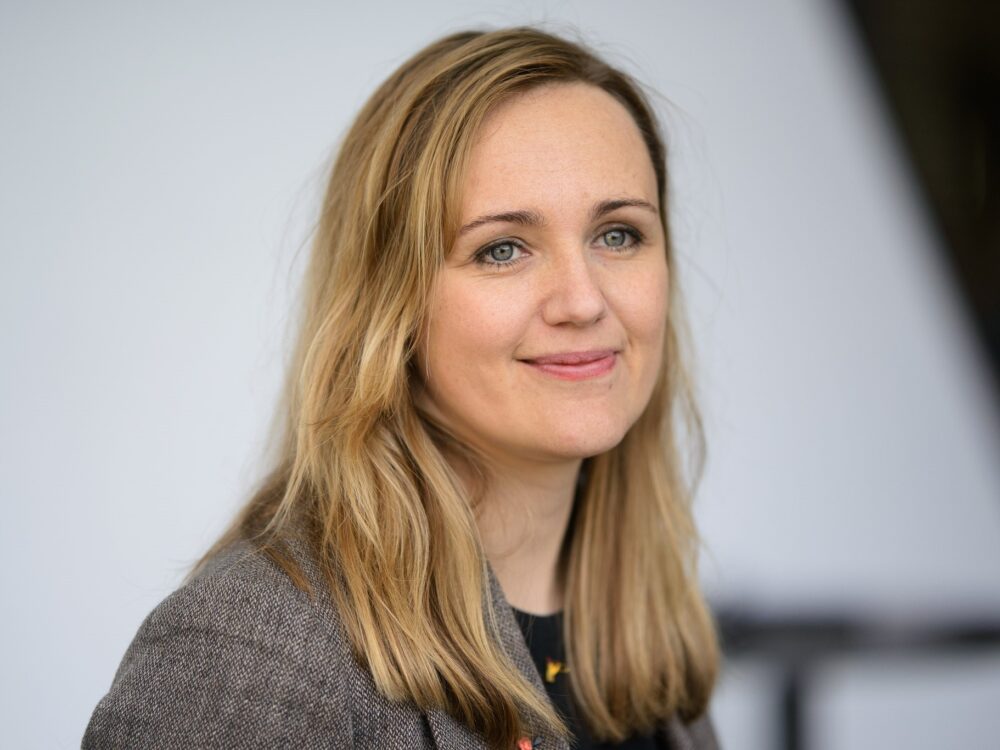
Looking back over the past year, we see that the multidisciplinary activities of MO are receiving public feedback. Although we did not operate for almost half a year last year, we received over 100,000 visitors to the museum and almost 300,000 virtual visitors. Let me remind you that even before the opening of MO Museum, according to the statistics of that time, we set an ambitious goal to have 80-100,000 visitors a year. If then someone had said that we would get 100,000 visitors in half a year in times of crisis, I would not have believed it at all.
We also saw that it was not only a year of crisis but also a year of creativity. Restrictions initially caused a shock and later led the team to focus on adapting and acting. It was often timid because everything was new, unclear if it would work out. Today, we can already be happy with the results. The full detailed report and budget of our activities can be found on our website.

Although we didn’t operate for almost half a year last year, we received over 100,000 visitors to the museum and nearly 300,000 virtual visitors. If someone had said that we would get 100,000 visitors in half a year in a crisis, I would not have believed it at all.
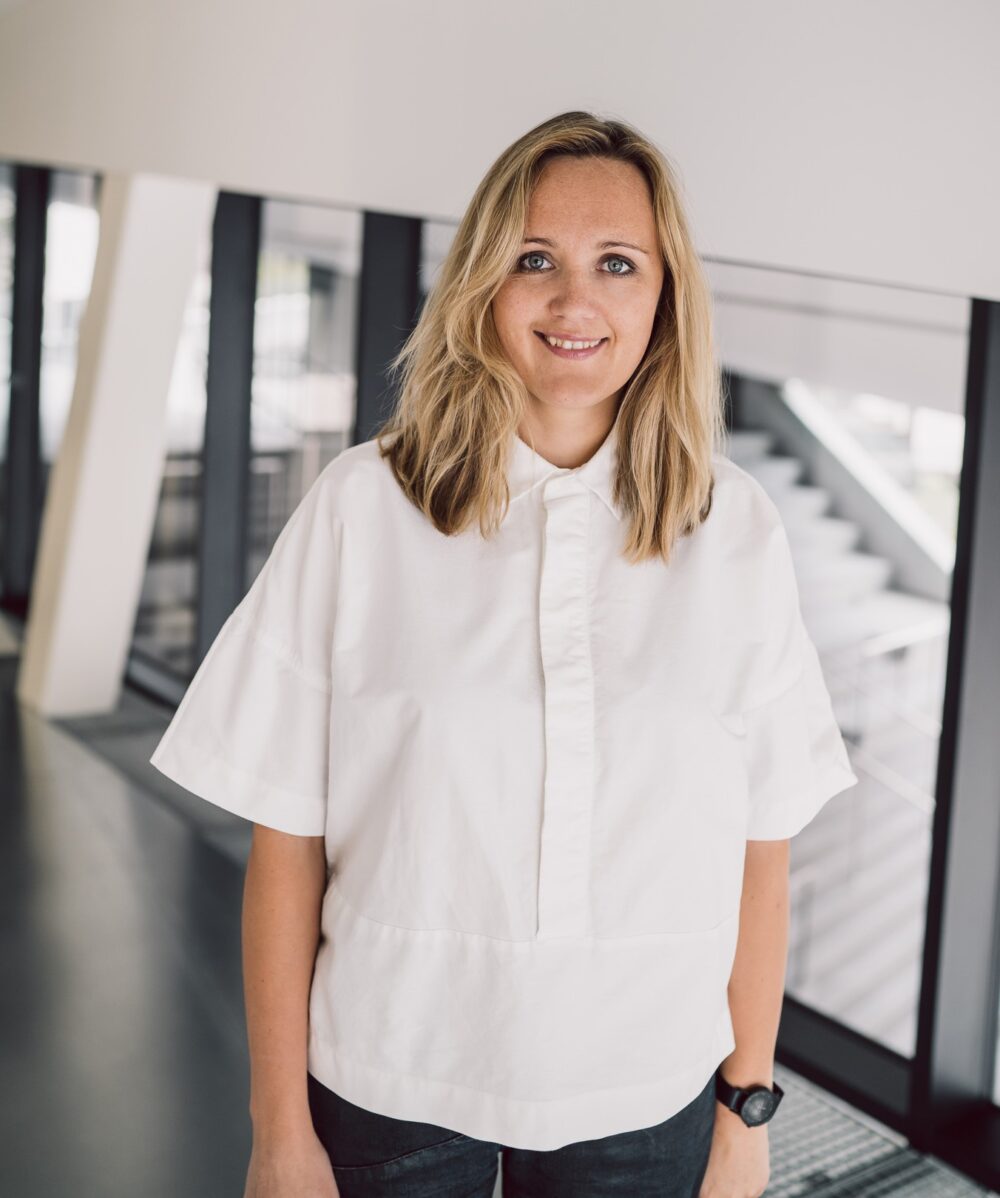
What do you mean by saying that a new definition of museums is being formulated because the existing one is “outdated”?

This is not a statement I made. There is currently an international debate on this issue. A conference in Japan in 2019 by the International Council of Museums (ICOM), representing nearly 45,000 museum professionals around the world, raised the idea that the current understanding of a museum institution is outdated and it needs to be clarified.
The 50-year-old definition that a museum is only a non-profit institution that protects, researches and exhibits heritage no longer corresponds to today’s realities and the future vision of museums. A new definition has been proposed, stating that the contemporary museum is a democratising, inclusive and polyphonic space for critical dialogue about the past and the future. There were debates as to whether this proposed definiont is not too political and whether it still preserves traditions.
Consultations on the new definition of “museum“ are planned for 2021, so the discussion will continue. This only confirms that a museum should not be just a repository of objects. On the other hand, according to one curator of US, the museum should not be only a beautiful building with a collection to attract tourists.
The future museum is seen as an active cultural figure seeking to build a connection with society that responds to its needs.
What is the role of the museum in the future?
The future museum is seen as an active cultural figure seeking to build a connection with society that responds to its needs. An institution determined not to preach from above, but to warmly welcome and offer meaningful experiences that are important to the lives of visitors.
When it comes to art, it is one of the ways to think and discuss living reality. By creating exhibitions, the museum becomes an instrument for reflection, a place to talk and converse. These are also the goals of MO museum – to be an open, democratic and public institution – set by its founders Danguolė and Viktoras Butkai from the very beginning.
In 2018 at MO Museum opening exhibition “All Art is About Us” (curated by Prof. Raminta Jurėnaitė) we have defined a long-term programmatic position. To strive for the cultural program that helps people get to know themselves and the world around them through art.
This year, with international curators, artists Saskia Boddeke and Peter Greenaway, we raised the multi-layered question “Why Is It Hard to Love?”. It was possible to raise it in the exhibition through personal, societal and global perspectives. In four months, 54,000 visitors came to the exhibition, while for the 5-month exhibition we expect about 60,000 visitors.
And in November, when we moved part of the exhibition outside, an exhibition billboard was destroyed. Once again, we saw how hard it is to love. It just confirms how important it is to get out of your bubble and look for dialogue, that is not necessarily comfortable.
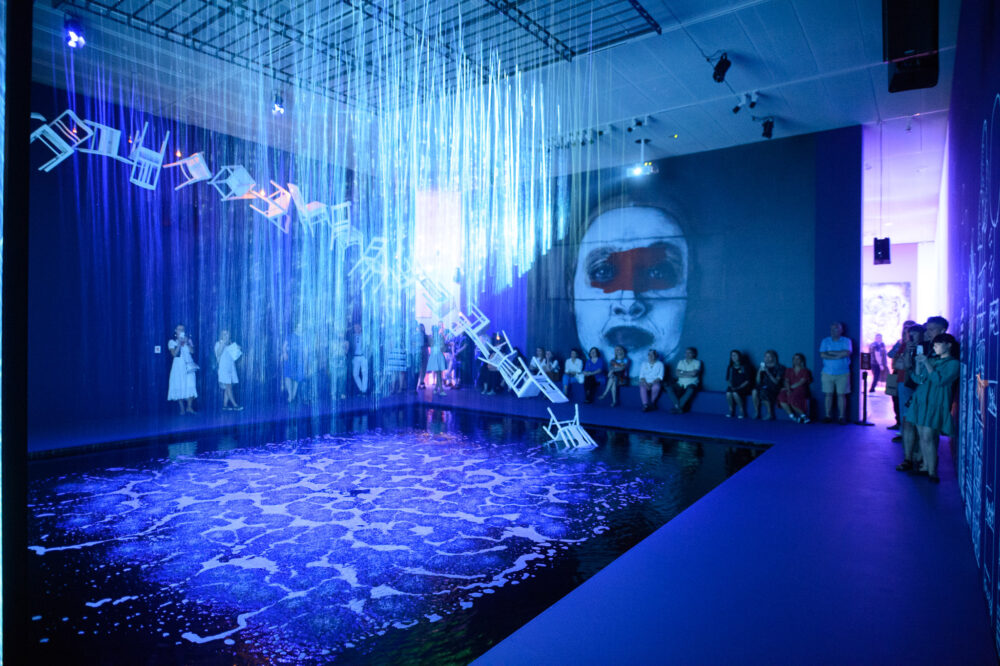
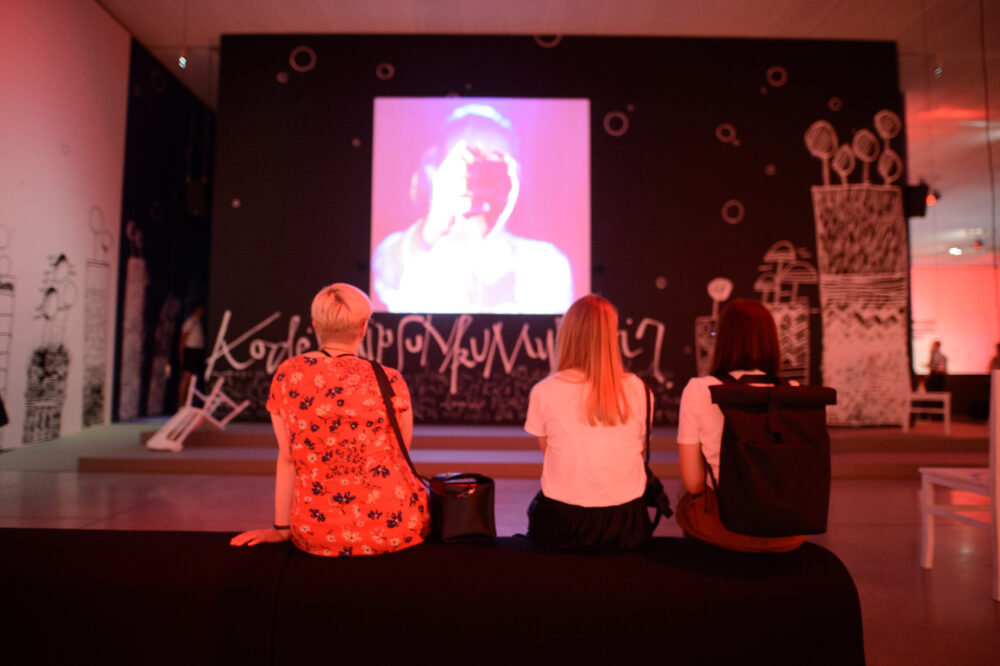
What place does education take in the activities of the museum?
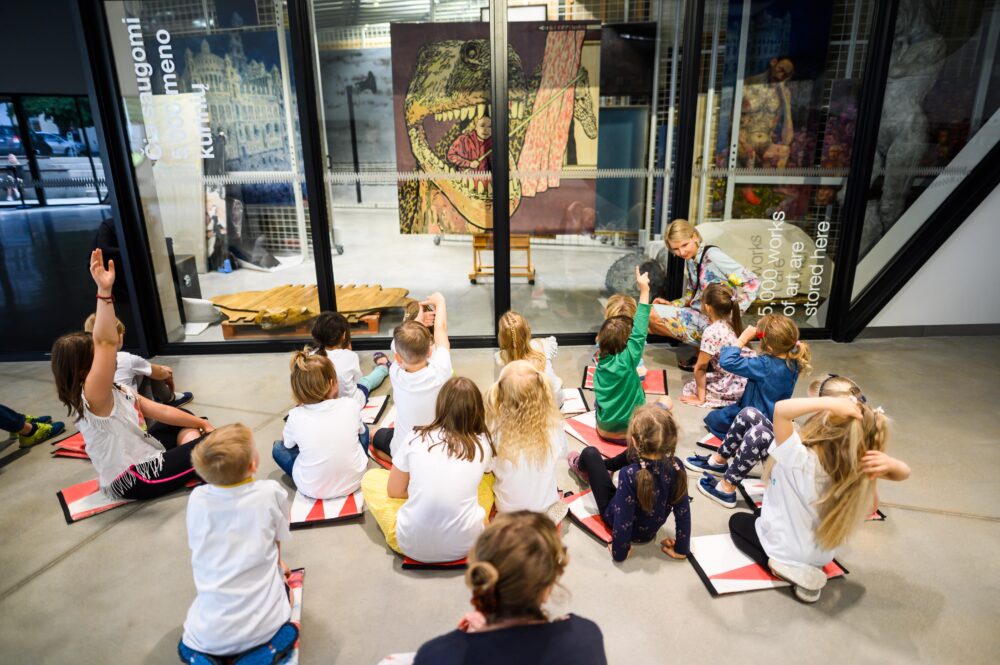
Big and growing. Being an inspirer, inviting curiosity and lifelong learning is another trajectory to act on. Innovative interdisciplinary cultural education, covering all age groups, is one of the main priorities of MO.
We also aim to reveal children the possibilities of art to speak and talk about the world, to raise issues that are important to them, and to encourage their personal relationship with art. Research has shown that the visual stimulation experienced when looking at artworks is very important for children’s cognitive development. We are very glad that over 4,000 children participated in the educations last year in the museum.



Together with the British Council in Lithuania, we implemented the project “Visual Thinking Exchanges through Art”. We traveled to regional and national minority communities. Some things may surprise you. Let’s say that even in some communities living in Vilnius districts, there are still many barriers to visit the capital’s old town, not to mention the museum. There is a preconceived notion in these communities about what is “for me or not for me.” We have a lot of bubbles and we have to look for ways to open them, reduce exclusion and foster community.
Every year we continue the educational activities of the “Traveling Museum”. Last year, we managed to visit over 20 different Lithuanian cities and towns with traveling exhibitions and interdisciplinary educations. This is how we continue to live our “museum without walls” life, as we did before we had the MO building.
We implemented many digital activities and received nearly 300,000 virtual visitors. Content developed by MO is needed, especially for young audiences aged 18-29.
What did quarantine teach?
To adapt and not stop fulfilling our mission – to stay in touch with the audience and ensure that art remains accessible even when the museum is closed.
We implemented many digital activities and received nearly 300,000 virtual visitors. Content developed by MO is needed, especially for young audiences aged 18-29. We will try to respond to this need and present our content in human-friendly forms. According to the Baltic Research 2020, young people’s interest in contemporary art increased by 36%. This is good news for the future of museums.
We have also learned to create innovative formats. For example, we invited to “33 minutes of exprience“ that included an interpretation of a single artwork, a visual, audio, and even a taste experience; we told the history of art from the second half of the 20th century through a series of films presenting 20 creators; we created a Christmas installation outdoors.
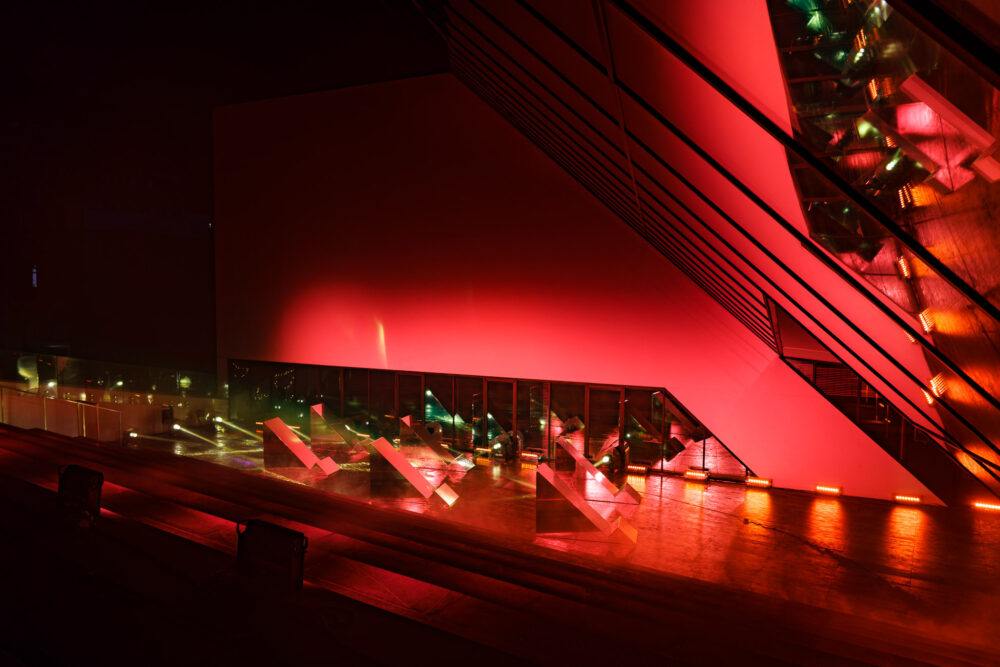
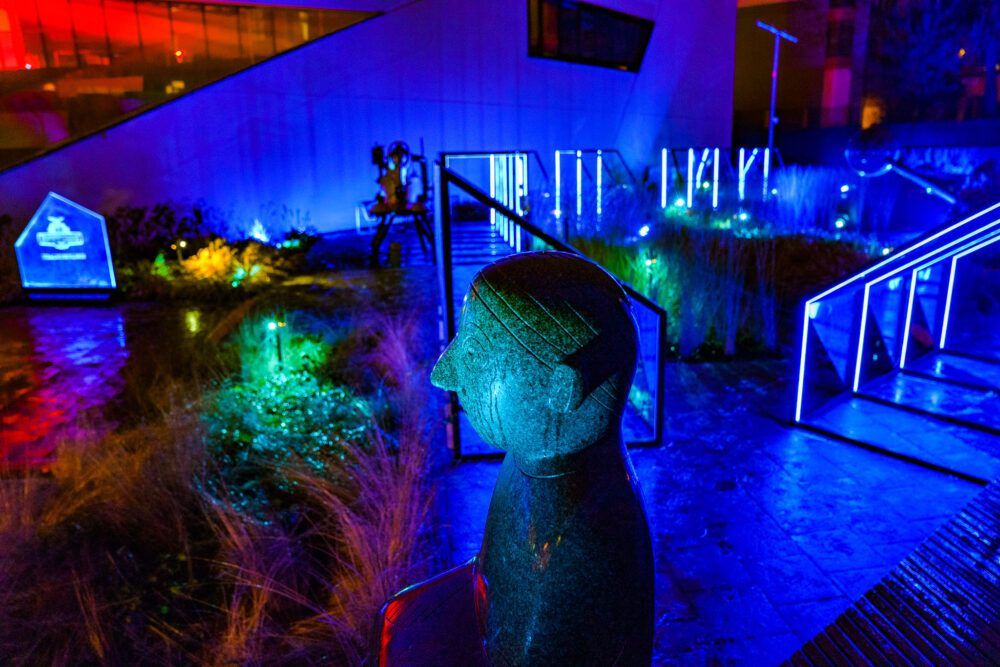
How did you react to the decision to close the museum in the autumn along with the first restrictions?
Together with the Museum Association, we initiated an appeal to the Presidency and the Government regarding the disproportionately early closure of museums. We also called on the new Government to include museums and galleries in the quarantine release scenarios as soon as possible. According to statistics, only about 0.56% of visitors visit Lithuanian museums per day compared to the number of visitors in supermarkets.
We may have questions about whether we are going beyond our business. I believe that the leadership of an organization is not only the counting of visitors or the communication of activities, but also social activism, solidarity-based representation of the entire sector.
I believe that the leadership of an organization is not only the counting of visitors or the communication of activities, but also social activism, solidarity-based representation of the entire sector.
Many published studies show that without museums, galleries and libraries both students and the elderly experience stress – so museums could serve the public.
We understand that there are large museum structures in Lithuania, most of whose employees belong to risk groups and need to be protected. However, there are many other museums and galleries that have the potential to open safely to visitors and thus contribute to the psychological well-being of human health. So, it is important to give the right to work responsibly.
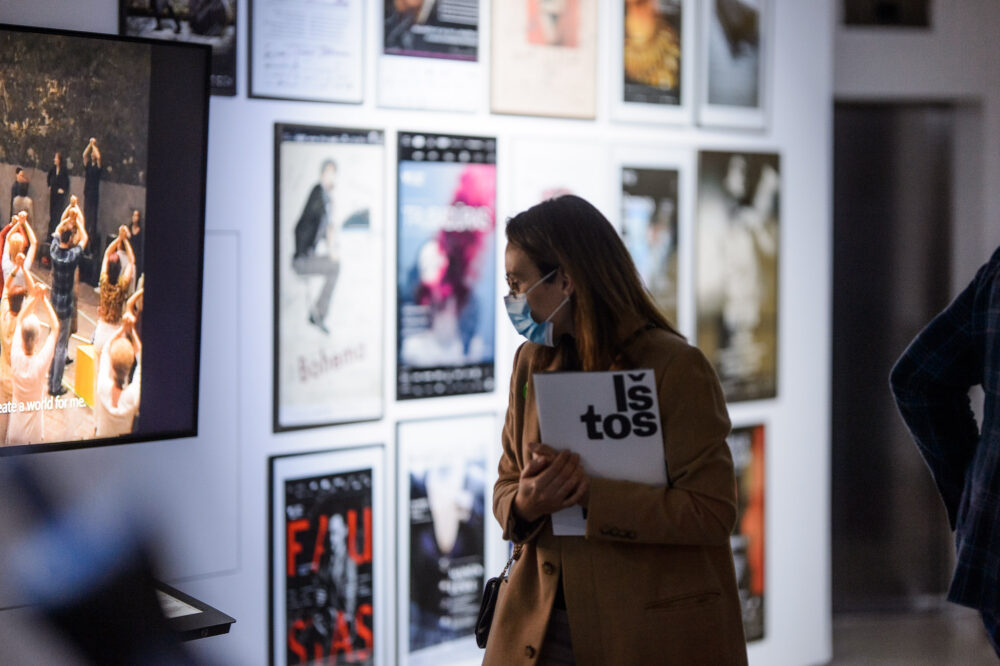
What do you mean when you say that museums are ready to serve the public in the presence of a pandemic?

Reports from the World Health Organization (WHO), as well as various surveys in Lithuania, prove the positive impact of museums and visual arts on human emotional and psychological health. Visiting museums and galleries reduces stress and brings happiness.
Paradoxically, in the presence of a pandemic, cultural institutions did not pass the test of their need for society and in many countries “lost” to supermarkets in this regard. These have been the only leisure space allowed for some time, not museums or other cultural institutions.
When the museum closed during the quarantine, an elderly woman left a handwritten letter behind the MO door: “Be so good and open at least for a couple days a week. THIS is our only recreational area. ” Such things better illustrate the circumstances than statistics.
The European Network of Museum Organizations (NEMO) also emphasizes the positive impact of museums on society and considers their complete closure to be an inappropriate tool for managing the situation caused by COVID-19. NEMO recommends opening museums and use their potential. Museums can become places where a sense of well-being grows and mental health strengthens. A safe social life and various forms of learning might take place there.
Who pays for the loss of the MO Museum when the doors are closed for half a year?
Before the pandemic, our strength was visitors. Ticket revenues accounted for 50% of our budget and, along with other activities, up to 70%. During the crisis, ticket revenues fell to 28%. Our only and stable income became the strategic financing of the Lithuanian Council fo Culture, Vilnius City Municipality and the support of sponsors and patrons. Together, this accounted for 53% of the replanned annual budget.
What will be the year 2021 of MO Museum?
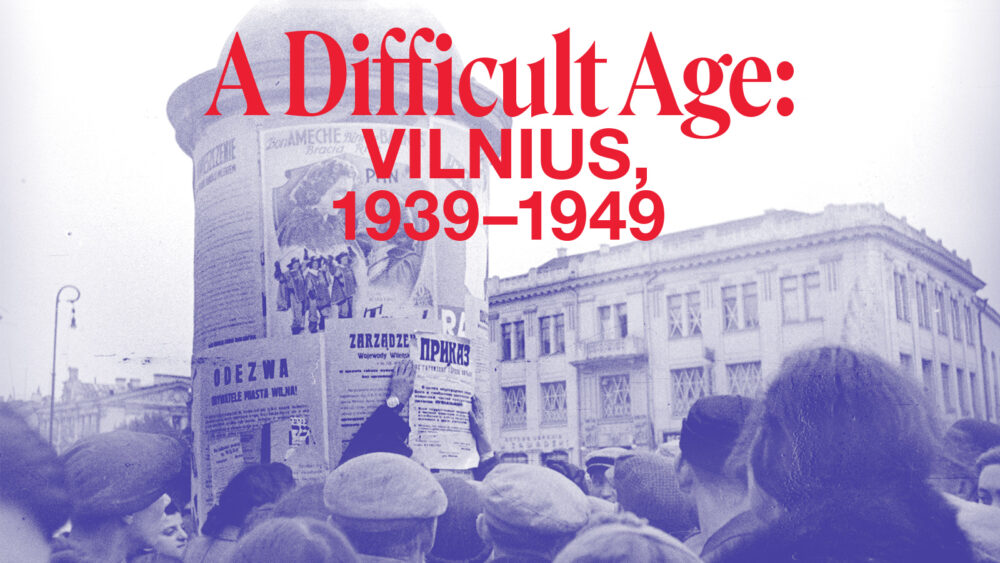
Despite the quarantine, we are preparing for our largest and most ambitious project to date – the exhibition “A Difficul Age. Szapocznikow – Wajda – Wróblewski ”(curator Anda Rottenberg). It will be the most expensive exhibition of MO Museum to date, a large-scale partnership with Poland, involving collaboration with more than 20 international museums and private collections.
In this exhibition, we will invite to reflect on issues important to society and we will present top-class artworks. It will also be possible to get acquainted with the work of the painter Andrzej Wróblewski (1927–1957), who was born and raised in Vilnius. And the exhibition “A Difficult Age: Vilnius, 1939–1949” (curated by Prof. Giedrė Jankevičiūtė) in the Small Hall will present the context of the Vilnius era.
In June, we will present an exhibition for children “A Lake Full of Stars” (curators: Iveta Jaugaitė and Karen Vanhercke). And in the autumn we will invite you to the main exhibition “Celebrate for Change” (curators: Tomas Pabedinskas and Ugnė Paberžytė). This exhibition will examine the changes in each individual or society that take place during the holidays, the changing holiday rituals and the role of photography in these processes. I think that the autumn exhibition in the aspect of sociological-anthropological research can get a similar resonance and relevance as our exhibition “The Origin of Species. 1990s DNA”.

MO Annual Report 2020
If you want to get acquainted with the MO Annual Report 2020, you can do it here: